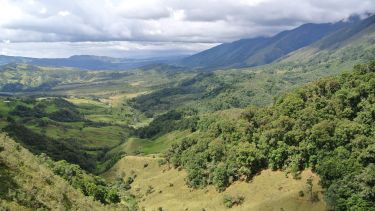Conservation Data Justice
Dan Brockington

Debates about Area-Based Conservation have come to the fore recently with the move to promote visions of Half Earth or Nature Needs Half by 2050 (50 by 50), and the allied movements to prioritise conservation on 30% of the land surface of the planet by 2030 (30 by 30). Disagreements over these plans cover a range of issues. Critics of the proposals argue that their proponents often overlook social impacts and fail to acknowledge the long and violent history of conservation. On the other hand, supporters of the proposal argue that it provides the only viable pathway to a livable planet for human and non-human life, and that it will involve, and benefit, indigenous and other resident peoples in areas to be protected.
Encouragingly, there are important topics on which those debating Area-Based Conservation appear to agree. Firstly, they care about non-human nature, marginalized and indigenous people, and the need for radical changes in the global economy. Secondly, disagreement may be partly down to different interpretations of what Area-Based Conservation means – some seeing it as shorthand for ‘fortress conservation’ while others see it as an umbrella term for multiple forms of governance. Thirdly, some recent scholarship has drawn successfully from multiple perspectives, such as Allan et al’s (2021) work that combines spatial prioritization with serious discussion of conservation’s violent history. These points suggest openings that could lead to more constructive dialogue.
We propose to use these openings as an entry point for a more constructive approach to understanding difference. Simply bringing disagreeing parties together may not generate a useful exchange. Rather we seek to explore the current debates using a different set of lenses, each of which brings important ideas to the debate. We will be asking what different epistemic and policy communities make of Area Based Conservation and related conservation prioritization work from their own cognate fields
